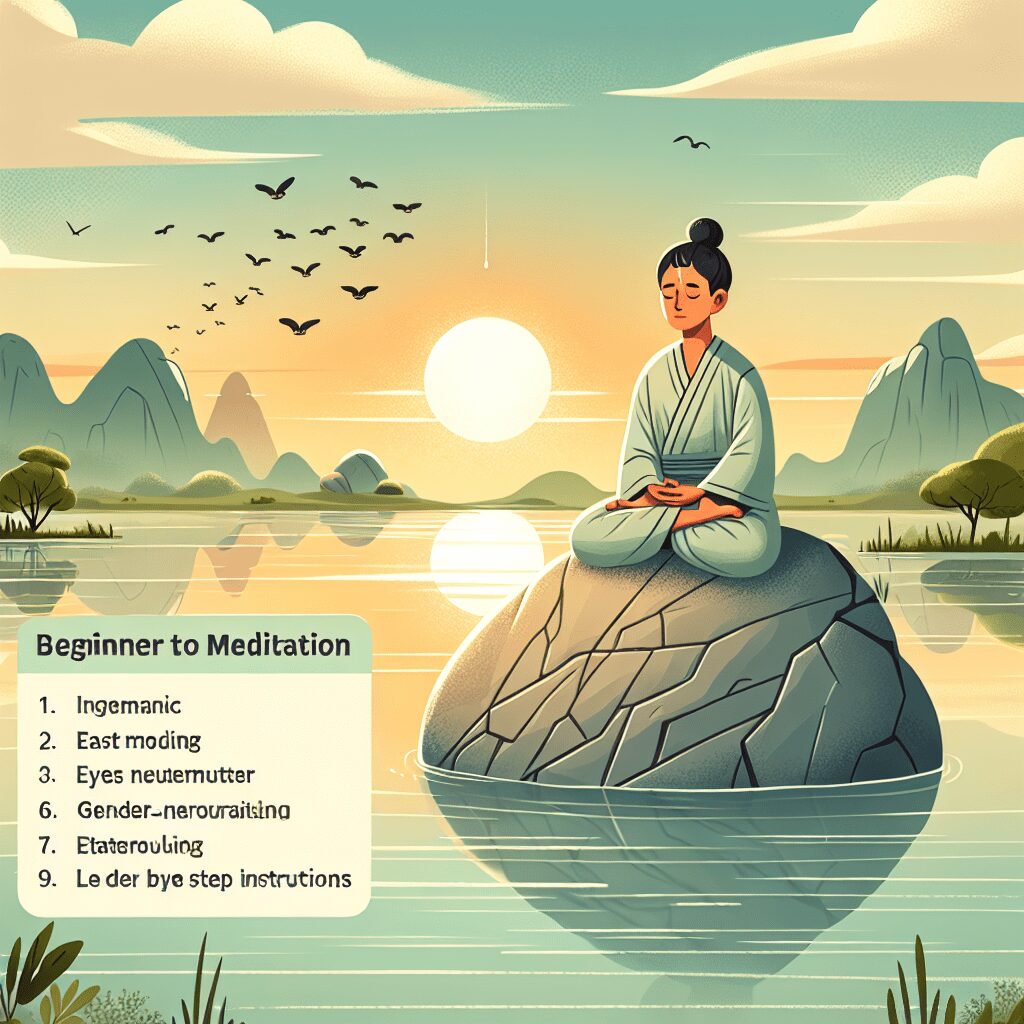
Prioritize your mental well-being daily. Enhance your life by nurturing your mental health with the Smart Meditation app. Break free from stress, alleviate anxiety, and enhance your sleep quality starting today.
Can Massage Or Yoga Help With Fasia?
Unlocking the Secrets of Fascia: The Role of Massage and Yoga
In the intricate tapestry that forms the human body, fascia stands out as one of its most misunderstood and fascinating components. Often overlooked, this web of connective tissue plays a crucial role in our overall health, mobility, and well-being. But when things go awry, and our fascia becomes tight or damaged, can the ancient practices of massage and yoga offer a lifeline? Let’s dive deep into the relationship between these holistic approaches and the enigmatic world of fascia.
The Fascinating World of Fascia
Before we can appreciate the benefits that massage and yoga might offer, it’s essential to get a handle on what fascia actually is. Imagine a biological fabric, akin to a spider’s web, that wraps around and intertwines with every muscle, bone, nerve, artery, and vein in our bodies, as well as all our internal organs, including the heart, lungs, brain, and spinal cord. This isn’t science fiction; it’s fascia. Its primary role is to reduce friction, ensuring that everything in our body moves smoothly against everything else.
But fascia is more than just the body’s packaging material. Experts now recognize it as a sensory organ of paramount importance, one that can dramatically impact our levels of comfort, flexibility, and even our mood. However, when fascia becomes restricted due to factors like injury, inflammation, or poor posture, it can lead to discomfort, reduced flexibility, and a host of other issues.
The Power of Touch: Massage Therapy for Fascia
Ah, the soothing power of massage! It’s not just an indulgence for spa-goers but a bona fide therapeutic modality for addressing fascial health. Through techniques specifically designed to manipulate and stretch the fascia, such as myofascial release, skilled therapists can help tease apart restrictions in this connective tissue. The goal? To restore its elasticity, improve blood circulation, and reduce pain levels.
The perks of getting a professional massage don’t stop there. Regular sessions can lead to: Enhanced mobility and flexibility Decreased risk of injury Improved posture and body alignment A decrease in chronic pain An overall sense of relaxation and well-being
Pretty impressive, right? But massage isn’t the only game in town when it comes to fascial health.
Striking a Pose: How Yoga Benefits Fascia
Yoga, the age-old practice that marries breath work, meditation, and physical postures, offers a multifaceted approach to fascial health. By engaging in a consistent yoga practice, practitioners can enjoy a myriad of benefits that extend to their fascia, including:
- Increased Elasticity and Strength: Yoga poses stretch and strengthen the fascia, improving its elasticity. This not only enhances flexibility but also aids in injury prevention and recovery.
- Boosted Circulation: The various asanas (poses) promote increased blood flow throughout the body, nourishing the fascia and facilitating the removal of toxins.
- Stress Reduction: Let’s not forget the stress-busting power of yoga. Given the link between stress, muscle tension, and fascial tightness, the calming effect of yoga can indirectly benefit fascia by reducing the knock-on effects of stress.
- Enhanced Body Awareness: Regular yoga practice heightens body awareness, allowing individuals to identify and address areas of tightness or imbalance in their fascia before they escalate into more significant issues.
So, to circle back to our initial inquiry: Can massage and yoga help with fascial health? The answer is a resounding yes. By incorporating these practices into your routine, you’re not just pampering your body but investing in its long-term functionality and comfort. Whether you’re a seasoned athlete, a desk-bound professional, or somewhere in between, caring for your fascia through massage and yoga can make a world of difference. Just remember, as with any health regimen, consistency is key, and it’s always wise to consult with healthcare professionals to tailor the approach that best suits your individual needs.





